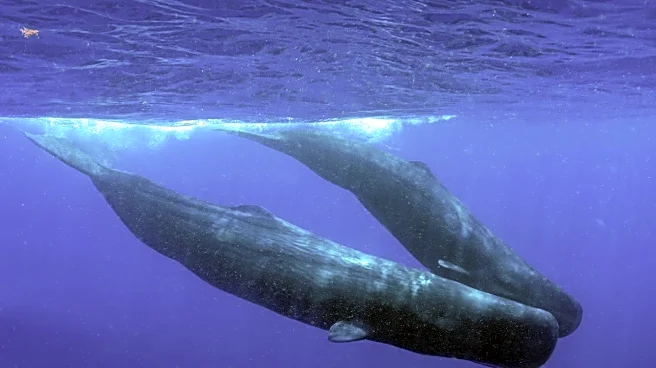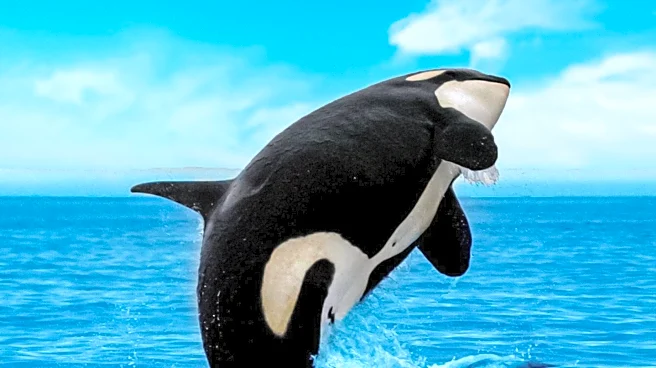What's Happening?
The Whale Sanctuary Project has been granted a twenty-year lease by the government of Nova Scotia to establish the first dedicated North Atlantic cold-water sanctuary for belugas and orcas. This initiative
aims to provide a humane alternative for whales like Kshamenk, an orca who has been in captivity for over three decades at Mundo Marino in Argentina. The sanctuary, located near Sherbrooke, will offer a natural environment with deep water and open currents, allowing formerly captive whales to live with more space and autonomy. This development comes amid growing public opposition to marine mammal captivity, with countries like France and Canada enacting bans on dolphin shows and the breeding of whales for entertainment.
Why It's Important?
The establishment of the sanctuary represents a significant shift in how society views the captivity of marine mammals. It offers a more ethical solution for animals that cannot be released into the wild due to their long-term captivity and dependency on human care. This move could influence global policies on marine mammal captivity, encouraging more countries to adopt similar measures. The sanctuary not only provides a better quality of life for the whales but also aligns with the growing public sentiment against the exploitation of these intelligent creatures for entertainment purposes.
What's Next?
The construction of the sanctuary is expected to begin soon, with the aim of providing a safe haven for whales like Kshamenk. As the project progresses, it may face challenges such as securing funding and ensuring the sanctuary meets all necessary environmental and safety standards. Additionally, the success of this sanctuary could pave the way for more such initiatives worldwide, potentially leading to a decline in marine mammal captivity.
Beyond the Headlines
This development highlights the ethical considerations surrounding animal captivity and the need for humane alternatives. It raises questions about the responsibility of entertainment facilities to provide better living conditions for their animals and the role of public opinion in driving policy changes. The sanctuary could serve as a model for future efforts to rehabilitate and care for other captive animals, promoting a more compassionate approach to wildlife conservation.













